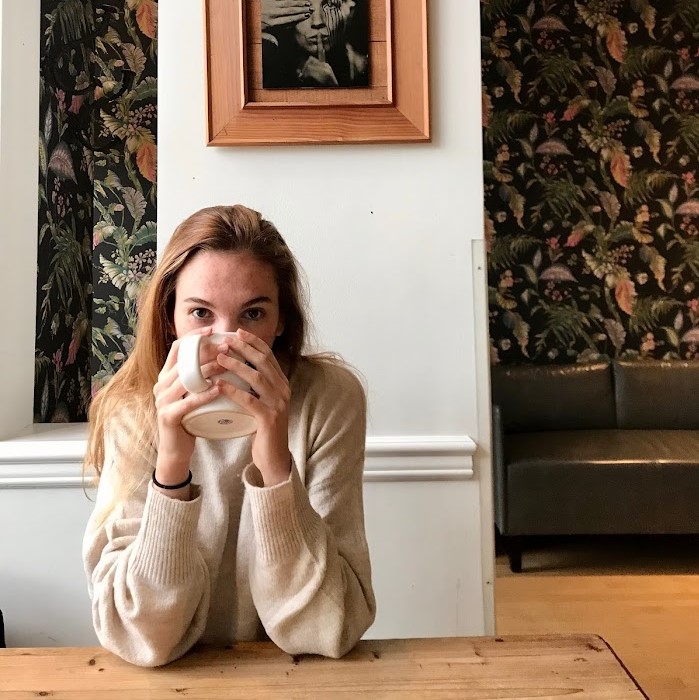More about Frauenbildnis (Portrait of a Woman)
- All
- Info
- Shop

Contributor
Ernst Ludwig Kirchner was into people.
His portraits, like Portrait of a Woman, 1911 demonstrate Kirchner’s ability to place direct emphasis on the figure in this painting. Whether he painted from the studio or through his bohemian life in Berlin, he creates a figure that we view solely as the most important part of the painting. What’s in the background? Who cares! What you are supposed to care about according to Kirchner is the figure.
But, like many European male artists of the time, his depiction of people of color is, problematic at best. A fan of what is called “primitive art” in art history (yeah, extremely insensitive) is often categorized as the art of “primitive people,” and for Kirchner, he had a particular affinity for the art of the Pacific islands. He sought to capture men and women who appeared to be at war with themselves and by using a simplified treatment of form he proclaimed was from the influence of the Pacific Islands, where primitive art opened up to him the world of simplistic form and function, which helped to insert emotion into the painting.
To further complicate this painting, 1911-1914 was a time where Kirchner is quoted to say was the loneliest time of his life, “They [the paintings] originated in the years 1911–14, in one of the loneliest times of my life, during which an agonizing restlessness drove me out onto the streets day and night, which were filled with people and cars.” Could this woman be one of the many figures he saw while out in restaurants and bars in Berlin? For Kirchner, these “Berlin Girls” provoked his own desires but at the same time he felt unloved. This woman could be one of the many woman Kirchner fantasized over and maybe hoped that one of them would love him in return. Although Kirchner’s time in Berlin was full of loneliness, his portraits of woman show his loving affection for the female form.
We can’t decipher who this figure is in this portrait, but what we can ascertain that Kirchner was lonely and sought to depict people he felt who were in a similar frame of mind as himself, which further complicates this portrait of a strong, female dressed to the nines in 1911 Berlin. Was she just as lonely as Kirchner? Or did she possess the energy and confidence Kirchner sought for himself?
Sources
- The Art Story Contributors, "Ernst Ludwig Kirchner's Life and Legacy," The Art Story, 2018, , accessed September 21, 2018, "Ernst Ludwig Kirchner Biography," Artnet, , accessed September 21, 2018, http://www.artnet.com/artists/ernst-ludwig-kirchner/biogra
- Ian Buruma, "Desire in Berlin," The New York Review of Books, November 10, 2008, , accessed September 21, 2018, https://www.nybooks.com/articles/2008/12/04/desire-in-berlin/.












